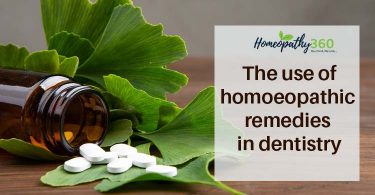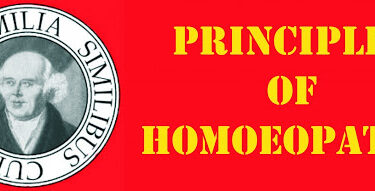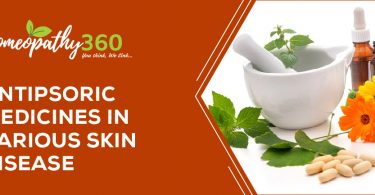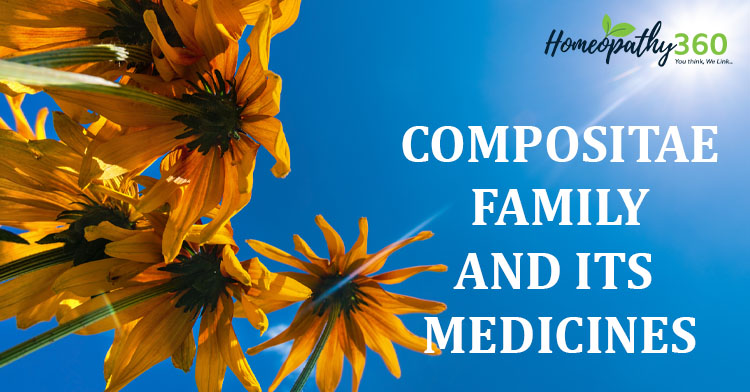
Abstract: Compositae family also known as asteracece or daisy or sunflower family. The word “aster” means “star” in Greek, referring to the appearance of some family members, as a “star” surrounded by “rays”. It is the second largest family of flowering plants bearing approximately 1,528 genera and 22,750 species worldwide.
Keywords: Group study,compositae family, homoeopathic medicines.
Introduction: Group study is the first step to understand each remedy to its fullest aspect and one of the most important and easiest ways of studying materia medica(1). So, various type of groups or kingdoms or families are present like animal (ophidia, spider, insect, etc.), plant (solanaceae, compositae, logniaceae, etc.), mineral (acid, arsenic, calcium, etc.) in which medicines are divided according to their similarity of origin(2).
Compositae family also known as asteraceae or daisy or sunflower family. The word “aster” means “star” in Greek, referring to the appearance of some family members, as a “star” surrounded by “rays”. The name “daisy”, widely applied to members of this family, is derived from the Old English name of daisy (Bellis perennis): dægesege, from dæges eage, meaning “day’s eye”. This is because the petals open at dawn and close at dusk(3).
It is the second largest family of flowering plants bearing approximately 1,528 genera and 22,750 species worldwide. About 10% of all flowering plants are from this family(4). Uniqueness of family is what appears to be a single flower is actually composite of many small florets. Hence the name of this family is COMPOSITAE. These florets are arranged in disc like flower head or receptacle in centripetal manner enclosed in involucres of whorled bracts of modified leaves. True sepals are converted with wooly hair. Flowers are composite of many individual florets, which are of two types, Regular or disc florets and Irregular or ray florets. Disc florets form the central disc of short flower and ray florets form outside petals with large edge on outside of flower head. Some members of family have only ray florets lingulae florae, some have only tubular disc florets. tubuliflorae and some have both. All plants are characterized by strong aromatic odour either pleasant or pungent. Bitterness is prevailing characterized of these plants, which compose the order(1).
Various eye-catching flowers such as sunflower (Helianthus annuus), daisy (chrysanthemum sp.), dandelion (taraxacum), goldenrod (solidago), marigold (calendula), chrysanthemum, dahila, thistles and zinnia are among its delights. Leaves of the lettuce plant (Lactuca sativa) have been quite popular since antiquity for use in salads. Chicory (Chichorium intybus) and dandelion (Taraxacum officinale) are other asteraceae providing edible leaves. The chicory plant is also one of the sources of of latex for natural rubber production. Heart- healthy oils such as safflower (Carthamus) and sunflower (Helianthus) are other culinary gifts from the family(4).
Discussion: This family have wide spectrum of remedies can be divided into three groups:
1. Convulsion group of remedies – In these remedies there is deficiency of nutrition causing emaciation though the patient eats. Problem of nursing mother, lot of behavioural disturbances. For ex.: Cina maritima, Chamomilla, Artemisia abrotanum, etc.
2. Injury group of remedies – In this group there is profuse and easy bleeding, soreness. This group show extreme fear and fright, accidental dreams. For ex.- Arnica montana, Bellis perennis, Calendula officinalism etc.
3. GIT, GUT and fever group of remedies – This group affect coeliac ganglia leading to various complains related to intestine, kidney, spleen, liver, etc. For ex.- Carduus marianus, Gnaphalium polycephalum, Eupatorium perfoliatum, Helianthus annus, etc.(1)
Remedies of compositae family:-
1. Artemisia abrotanum
2. Artemisia vulgaris
3. Artemisia absinthium
4. Artemisia maritima
5. Achillea millifolium
6. Anthemis nobilis
7. Arcticum lappa
8. Arnica montana
9. Bellis perensis
10. Cardus marianus
11. Echinacea angustifolia
12. Eupatorium perfoliatum, purpureum
13. Erigeron canadensis
14. Gnaphallium polycephalum
15. Inula helenium
16. Lactuca virosa
17. Matricaria chamomilla
18. Solidago virgaurea
19. Senecio aureus
20. Tanacetum vulgare
21. Taraxacum
22. Tussilago(1)
- Artemisia abrotanum:- Common name- Southernwood

The most prominent symptom of Artemisia abrotanum is the emaciation in lower limbs. It has also an intense indigestion and morbid appetite. A peculiar sensation is as if the stomach were hanging or swimming in water. Marasmus of children. A very useful remedy in marasmus, especially of lower limbs only, yet with good appetite. Ill effects of suppressed conditions especially in gout. Tuberculous peritonitis. Abrotanum is used after surgery upon the chest for hydrothorax or empyema, a pressing sensation remains (Calendula officinalis) Metastasis of states and symptoms. Another great characteristic of Artemisia abrotanum is metastatic rheumatism. Modalities- worse by cold air, checked secretions,
2. Artemisia vulgaris:- Common name- Mugwort

Has some reputation as a remedy for epileptic conditions, and convulsive diseases of childhood and girls at puberty. Locally and internally is injurious to eyes. Petit mal. Epilepsy without aura; after fright and other violent emotions and after masturbation. Several convulsions close together. Somnambulism. Gets up at night and works, remembers nothing in the morning. Colored light produces dizziness. Profuse sweat, smelling like garlic(8)
3. Artemisia maritima / Cina maritima:- Common name- Worm-seed
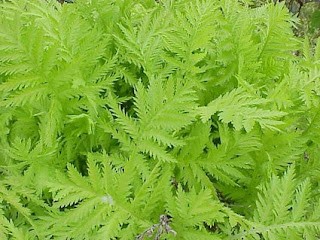
This is a children’s remedy, big, fat, rosy, scrofulous, corresponding to many conditions that may be referred to intestinal irritation, such as worms and accompanying complaints. An irritability of temper, variable appetite, grinding of teeth, and even convulsions, with screams and violent jerking of the hands and feet, are all within its range of action. The Cina maritima patient is hungry, cross, ugly, and wants to be rocked. Pain in shocks. Skin sensitive to touch. Modalities- worse from worms, at night, in sun, in summer, looking fixedly at an object(8).
Some rare medicines: 1. Inula helenium:- Common Name: Scabwort
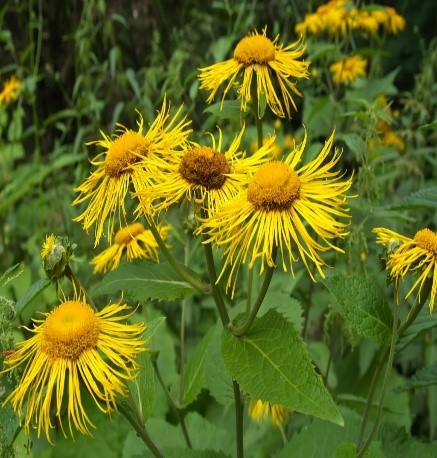
Inula helenium is a perennial plant with a stem from three to four feet high, large saw-toothed leaves tapering to a stalk and large heads of yellow flowers. A mucous membrane medicine(6). Bearing-down sensations in pelvic organs and bronchial symptoms are most marked. Substernal pain. Diabetes(8). Violent tickling in Larynx, producing dry cough. Modalities- worse at night, by lying down (except the uterine pain, which compels patient to remain lying), by motion after eating(6).
Lactuca virosa:- Common Name: Wild lettuce
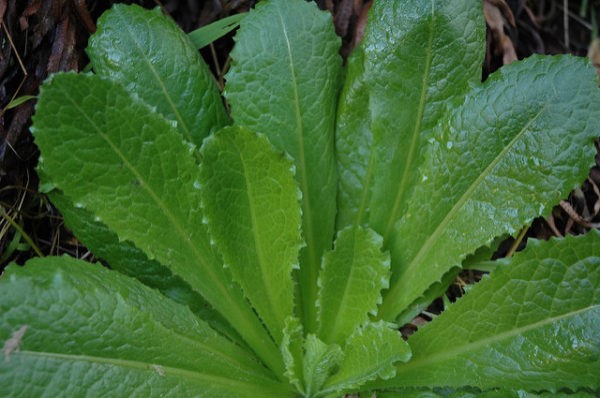
Lactuca virosa seems to be a true galactogogue increases the milk in breasts. This remedy also acts upon the brain and circulatory system. Delirium tremens with sleeplessness, coldness and tremor. Hydrothorax and ascites. Impotence. Sense of lightness and tightness affecting whole body, especially chest. Marked action on limbs. Modalities- Better in open air. Yawning and stretching helps pressure in chest. Worse from touch. Sneezing aggravates. Worse in warm room(6).
Senecio aureus: Common Name: Golden ragwort
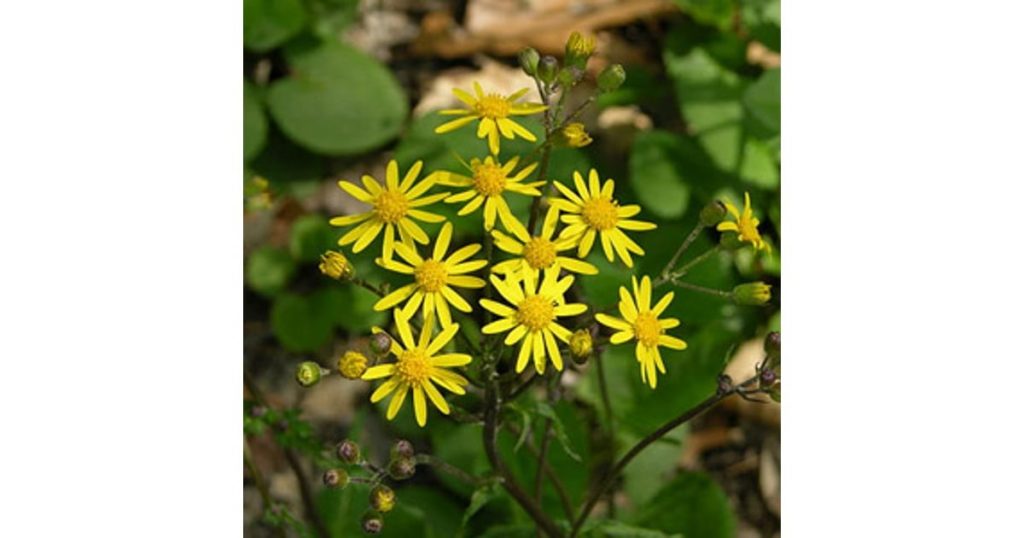
The Golden ragwort had a reputation in domestic and eclectic practise as a regulator of menstrual functions when Hale introduced it into homeopathic practice. Therefore it has a marked action on female and urinary organs, especially bladder. Urinary organs also affected in a marked degree. Backaches of congested kidneys. Early cirrhosis of liver. Debilitating or vicarious discharges. Nervous, pale, weak and sleepless hysterical women. Globus. Haemorrhagic tendency from other organs especially with suppressed or delayed menses. Modalities-Better at onset of menses, from menstruation. Worse puberty, sexual excitement, dampness, cold open air, sitting. Worse at night, in afternoon, in open air, from sitting, must keep moving about(6).
Tussilago farfara :- Common Name: Coltsfoot
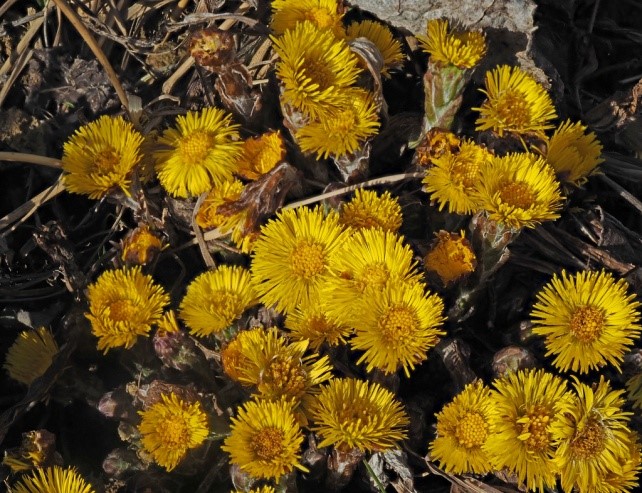
Tussilago farfara is used in the form of a confection for coughs. The leaves are mucilaginous and were much used in scrofulous disorders. Smoking the dried leaves relieves coughs. Tussilago farfara as an intercurrent medicine in tuberculosis of lungs. (Tuberculinum) Coughs. A popular reputation in gonorrhoea.
Solidago virgaurea:- Common Name: Goldenrod
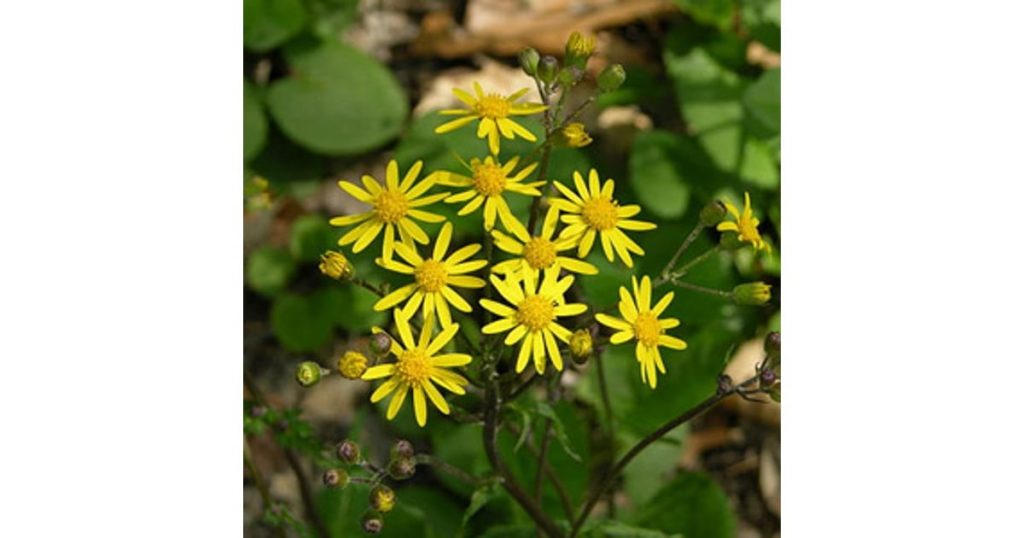
Solidago virgaurea has helped diseases arising from or complicated with defective functions of kidneys are very likely to be benefited by this remedy. Solidago virgaurea is a homeopathic replacement for the catheter. Pain in region of kidneys with dysuria. Kidneys sensitive to pressure. Bright’s disease. Chronic nephritis. Uremic asthma. It affects the digestive tract, lower limbs and blood. Feeling of weakness, chilliness, alternating with the heat. Haemorrhages. Takes cold easily. Inhalation of the pollen has caused hemorrhage from the lungs in tuberculosis. Repeated colds of tuberculosis. Feeling of weakness, chilliness alternating with heat, nasopharyngeal catarrh, burning in throat, pains in limbs and thoracic oppression. Modalities – Better from profuse urination. Worse from pressure(6).
Tanacetum vulgare:- Common Name: Tansy
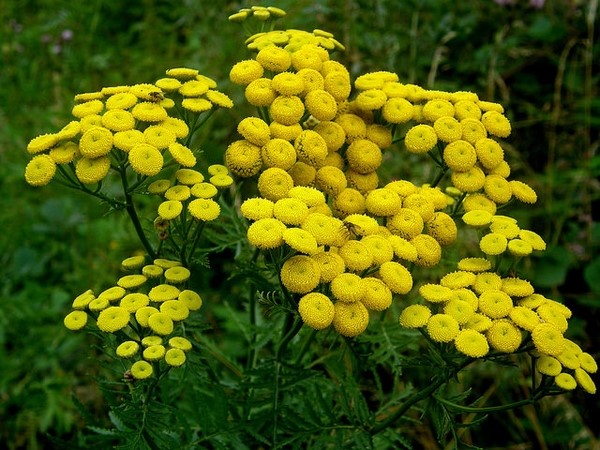
The word Tansy is derived from immortality with its deep-yellow button-like flowers. Tanacetum vulgare has an abnormal lassitude, a nervous and tired feeling. “Half dead, half alive feeling” all over. It is of use in chorea and reflex spasms due to worms. Tanacetum vulgare is said to be a specific against effects of poison ivy. Tanacetum vulgare induces all the cardinal features of rabies: convulsions, frothy, bloody mucus in the air passages, hallucinations, convulsions without loss of consciousness, opisthotonos, spasms of pharynx, larynx and the thorax. Abundant salivation, excitability, tendency to bite, hoarse cry, diminished sensibility and mobility, momentary paralysis. Modalities- Worse at night and at 4 a.m. Suddenness is a characteristic of a number of the symptoms(6).
Conclusion: Compositae family is very useful plant source for our materia medica. These plants were employed in management of various clinical conditions like trauma, convulsions, fevers, worms, respiratory and gastro intestinal affections, haemorrhages, etc. Dr Hahnemann and others proved these remedies on healthy human beings to certain their curatives properties. Many characteristic symptoms were noticed during the provings e.g. characteristic hypersensitivity to touch in Arnica montana, mental irritability of Chamomilla, general sensation of soreness, which were brought about due to dynamic effects of the substances on the specific constitutions. When these remedies are selected based upon such characteristic symptoms cure is achieved based on law of similars(1).
References:
- Patil J.D. Group study in Homoeopathic Materia Medica. First edition. New Delhi: B. Jain Publishers (P) Ltd.; 2006.
- Farrington E.A. Lectures on Clinical Materia Medica in Family Order.10th New Delhi: B. Jain Publishers (P) Ltd.; 2004.
- Asteraceae [Internet]. July 10, 2020. Available from: https://alchetron.com/Asteraceae.
- Sankaran R. An Insight Into Plants, Vol. III. First edition. Mumbai: Homoeopathic Medical Publishers; 2007.
- Native Plant Trust Go Botany. Louis M. Landry. Artemisiaabrotanum — southern wormwood [Internet]. 2022. Available from: https://gobotany.nativeplanttrust.org/species/artemisia/abrotanum/.
- Murphy R. Lotus Materia Medica. 2nd Revised edition. New Delhi: B. Jain Publishers (P) Ltd.; 2002.
- North Carolina Extension Gardener Plant Toolbox. A. Nonenmacher. Artemisia vulgaris [Internet]. Available from: https://plants.ces.ncsu.edu/plants/artemisia-vulgaris/.
- Boericke W. Boericke’s New Manual of Homoeopathic Materia Medica with Repertory. 3rd New Delhi: B. Jain Publishers (P) Ltd.; 2007.
- Vermeulen Cina maritima [Internet]. December 13, 2011. Available from: https://www.homeoresearch.com/cina-maritima-2/.
- Medikoe Health Expert. What is Arnica Montana? [Internet]. February 9, 2017. Available from: https://medikoe.com/article/what-is-arnica-montana-585.
- Daisy Bellis perenesis [Internet]. 2022. Available from: https://www.lovingly.com/featured-content/flower-meanings/daisy/.
- Earthsong Seeds. Elecampane [Internet]. 2022. Available from: https://earthsongseeds.co.uk/shop/seeds/elecampane/.
- Wild Lettuce Leaf [Internet]. 2022. Available from: https://zootanicals.com/product/wild-lettuce.
- Helios Homoeopathy. Senecio aureus [Internet]. 2022. Available from: https://www.helios.co.uk/shop/senecio-aureus.
- Mountain Herb Estate Nursery. Plant Information. Solidago virgaurea [Internet]. 2004-2022. Available from: https://herbgarden.co.za/mountainherb/herbinfo.php?id=6.
- North Carolina Extension Gardener Plant Toolbox. Ahmed M. Tanacetum vulgare [Internet]. Available from: https://plants.ces.ncsu.edu/plants/tanacetum-vulgare/.
- Felix Riegel, alguns direitos reservados. Tussilago farfara [Internet].2021.Available from: www.biodiversity4all.org/photos/115621509.
About the Author:
Dr Seema Gupta
B.H.M.S., M.D. (Hom.)
Assistant Professor


